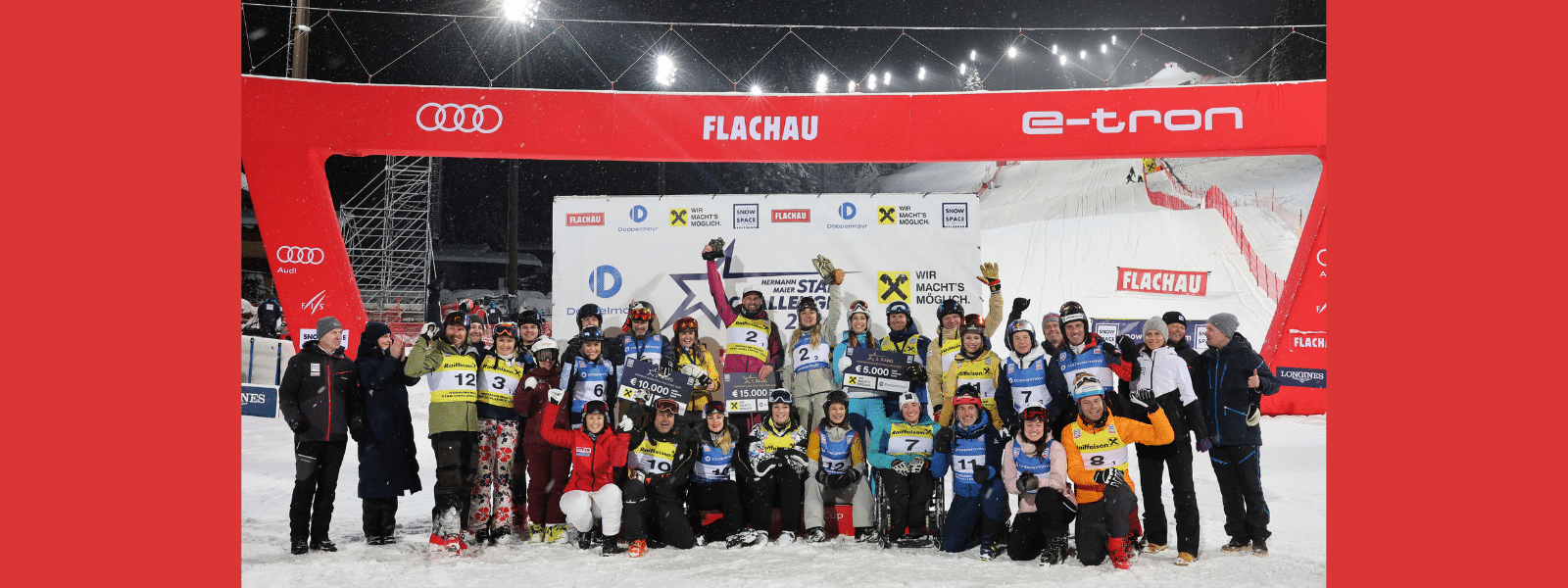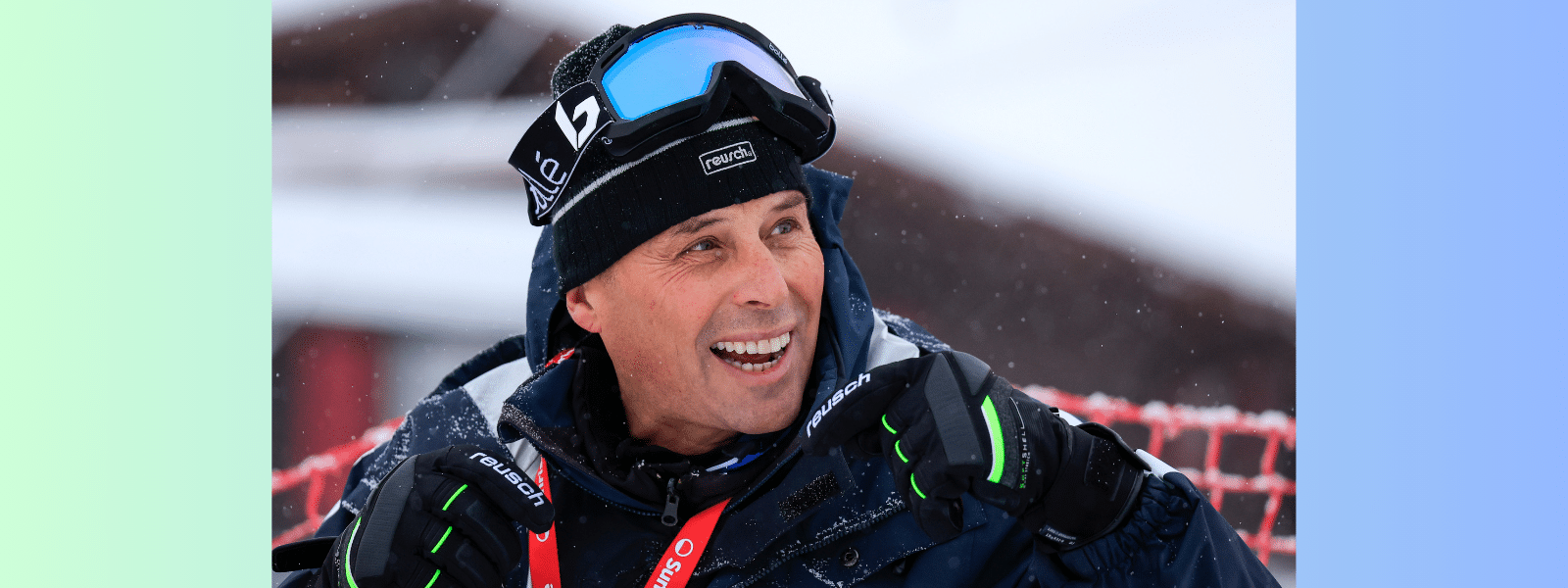Can a Sport That Sacrifices Its Biggest Stars Win in the Long Run?
Here’s what every ski race fan knows about Kitzbuehel: The downhill is as difficult and scary as anywhere.
It’s a common thread throughout the World Cup. The tougher the slope, the more prestige it carries. Adelboden, Alta Badia — pick one. Most are set on slopes tourists either would, or should, avoid, given the opportunity. The connotation is that only the very best skiers will win.
As long as they survive. Aye, there’s the rub. It is hard (maybe impossible) to blame the Kitzbuehler Ski Club (KSC). The notoriety that comes from being the gnarliest race course in the world is enormous. Danger is part of the game and in this aspect of the game, the KSC holds nothing but trump cards. But as Keith Richards says — and there’s a man who knows something about living with reputation — “image is like a ball and chain.” It sticks with you.

Askel Lund Svindal experiences the KSC’s trump card. GEPA Photo
Ski racing is a mighty rough game. We humans do seem to have a fascination with those among us who will risk it all. The more macabre, the better. We rubberneck car accidents. We love violent sports. And this is nothing new. The Coliseum was built to pacify the populous.
It’s what we are. It’s in the DNA. Wonder if the whole tribe didn’t follow along to watch fellow cavemen do battle with a mastodon?
This is the very reason 50,000 trudge into Kitzbuehel each January to watch transfixed as 60 or 80 of the bravest ski racers anywhere attack the Streif, attempting to tame this particular mountain shaped like a rooster’s comb.

Hannes Reichelt has returned to competition. GEPA Photo
But, this being an outdoor mountain sport, sometimes nature throws a little something extra into the pot. Which, when you’re starting from a difficult position anyway, can create the type of thing we saw at this season’s Hahnenkamm downhill, where three of the best crashed into the nets.

Georg Streitberger was one of the fallen gladiators. GEPA Photo
Two additional warriors were lost in training earlier in the week.
We have to wonder if a sport that sacrifices its biggest stars can win in the long run. So far, so good, I suppose. This Hahnenkamm thing has been going on for 76 years now and the crowds aren’t getting any smaller. Of course, there are a lot more of us now than there were 76 years ago.
If, for a second, you think humans are not fascinated by the crashes, ask yourself why Austrian television created a clip that resurfaced multiple times on my Facebook feed: A Dartfish overlapped composite of all three skiers crashing at the same spot on course. A spot, by the way, not normally regarded as a high-risk area. But a bit of flat light and a slight compression and even the very best found themselves slippery-side-up, sliding into the nets.
And there were nets, because we’re not barbarians anymore. In the old days, when the race equipment wasn’t good enough to produce the speeds we see today, the protection was limited to hay bales, which was generally enough to prevent the worst of the carnage. High-tech nets serve the purpose these days, as do inflatable vests.
What a gutsy call by the race jury to cancel after the top 30 — the most experienced and best ranked — had skied. Did the move save additional injuries? Almost assuredly. Did it help preserve the future of the sport? Possibly. Should the race have been called earlier? With 50,000 on site and a couple million more around their televisions and computers ready to watch the killing of the mastodon with a stone ax? Na, these gladiators knew where they were and knew the danger well. They were going to hunt anyway, danger or not.
All the best wishes for speedy recoveries for Florian Scheiber, Max Franz, Georg Streitberger and Aksel Lund Svindal. We look forward to watching you amaze us in the future. You are all gladiators and we love you for it.
Safe speed everyone.






















